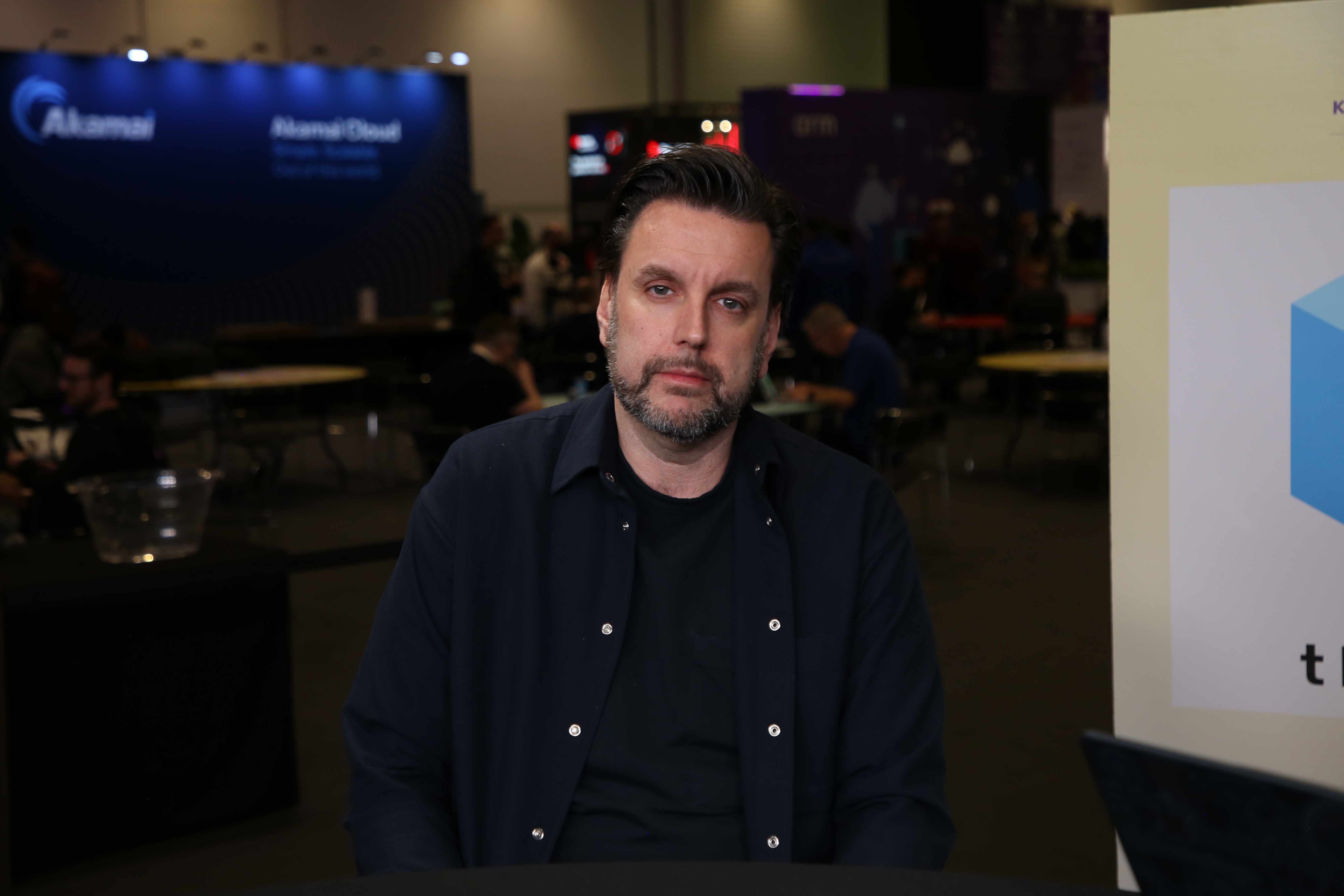 AI
AI
 AI
AI
 AI
AI
As artificial intelligence accelerates innovation in software development, the need for real-time observability has never been greater.
The convergence of generative AI and platform engineering has introduced unprecedented complexity across digital systems. Already under pressure to maintain high velocity, developers must now navigate unpredictable execution flows and AI-native workloads. Real-time observability has shifted from a back-end operational tool to a front-line necessity for developers, compliance officers and business leaders alike, according to Alois Reitbauer (pictured), chief technology strategist of Dynatrace LLC.

Dynatrace’s Alois Reitbauer talks with theCUBE about observability in AI-native systems, developer challenges and compliance in modern cloud environments.
“When we started to talk about observability, it was very much an [sight reliability engineer]-driven conversation, keeping systems up and running, ensuring that they work [and] know where they break,” he said. “But when we talk about developers … they need more information there. At the end of the day, the people who need to fix the application, and it’s critical that they get the information to do so as quickly as possible.”
Reitbauer spoke with theCUBE’s Rob Strechay at KubeCon + CloudNativeCon Europe, during an exclusive broadcast on theCUBE, SiliconANGLE Media’s livestreaming studio. They discussed the evolution of real-time observability in AI-native systems, developer challenges and the role of compliance in modern cloud environments. (* Disclosure below.)
AI workloads and agent-based systems are reshaping expectations for application reliability. These architectures behave differently than traditional software, requiring new observability patterns and developer tools. Developers must now be able to analyze transactions that may never repeat in exactly the same way, according to Reitbauer.
“Very often, when you’re called in as a developer, you want to see … every single transaction that failed … [have] context,” he said. “For this trace, what were these log statements that were called? You make a call to an external service. What was the response time? What was the load on this? So, giving developers this context so that they can actually triage problems faster and also get a deeper understanding on how to manage and optimize their applications.”
The shift toward large language model-powered systems also introduces new roles and responsibilities. Developers are now expected to fine-tune models, manage direct data pipelines and debug dynamic applications that may never behave the same way twice. The key is giving developers the tools and analytics capabilities they need to quickly fix applications, according to Reitbauer.
“These people find themselves in a situation where they have the most dynamic, most unpredictable applications they have ever had that they need to optimize about,” he said. “What does it mean for developers? Suddenly, what they need to do … [is] end-to-end tracing. They need to be able to debug in production, what we call live debugging — more or less, setting non-breaking breakpoints that need to see all the information in context for very specific transactions that the user’s looking at that will never occur again.”
Compliance has also emerged as a significant use case for real-time observability in increasingly regulated digital environments. Organizations want to avoid retroactive forensics and instead detect violations as they happen to minimize fines, protect user data and respond proactively, Reitbauer explained.
“We started at Dynatrace to work on … [a] Compliance Assistant, being able to do compliance monitoring for our customers,” he said. “A key point is [to] do it continuously because you want to know when you fail. You want to act in real time [because] if you see that something is not working properly, there might be some data leakage or something not working. Ideally, you can react very quickly, avoid fines and even don’t have to explain to anybody why it’s not working, and I think that’s also what regulators will start to realize more and more SRE observability systems actually being used for compliance.”
Here’s the complete video interview, part of SiliconANGLE’s and theCUBE’s coverage of KubeCon + CloudNativeCon Europe:
(* Disclosure: Dynatrace LLC sponsored this segment of theCUBE. Neither Dynatrace nor other sponsors have editorial control over content on theCUBE or SiliconANGLE.)
THANK YOU